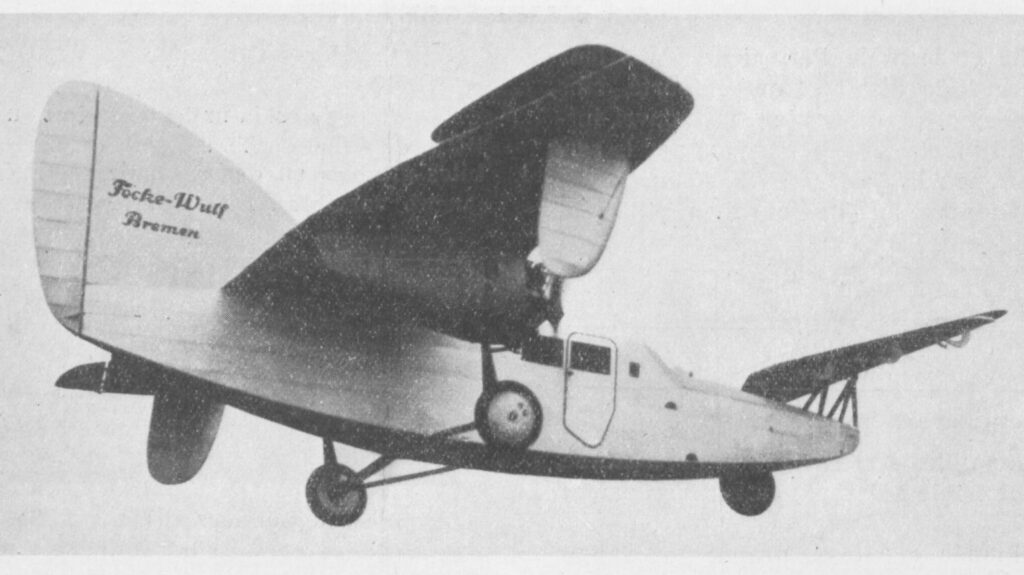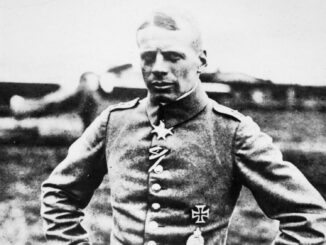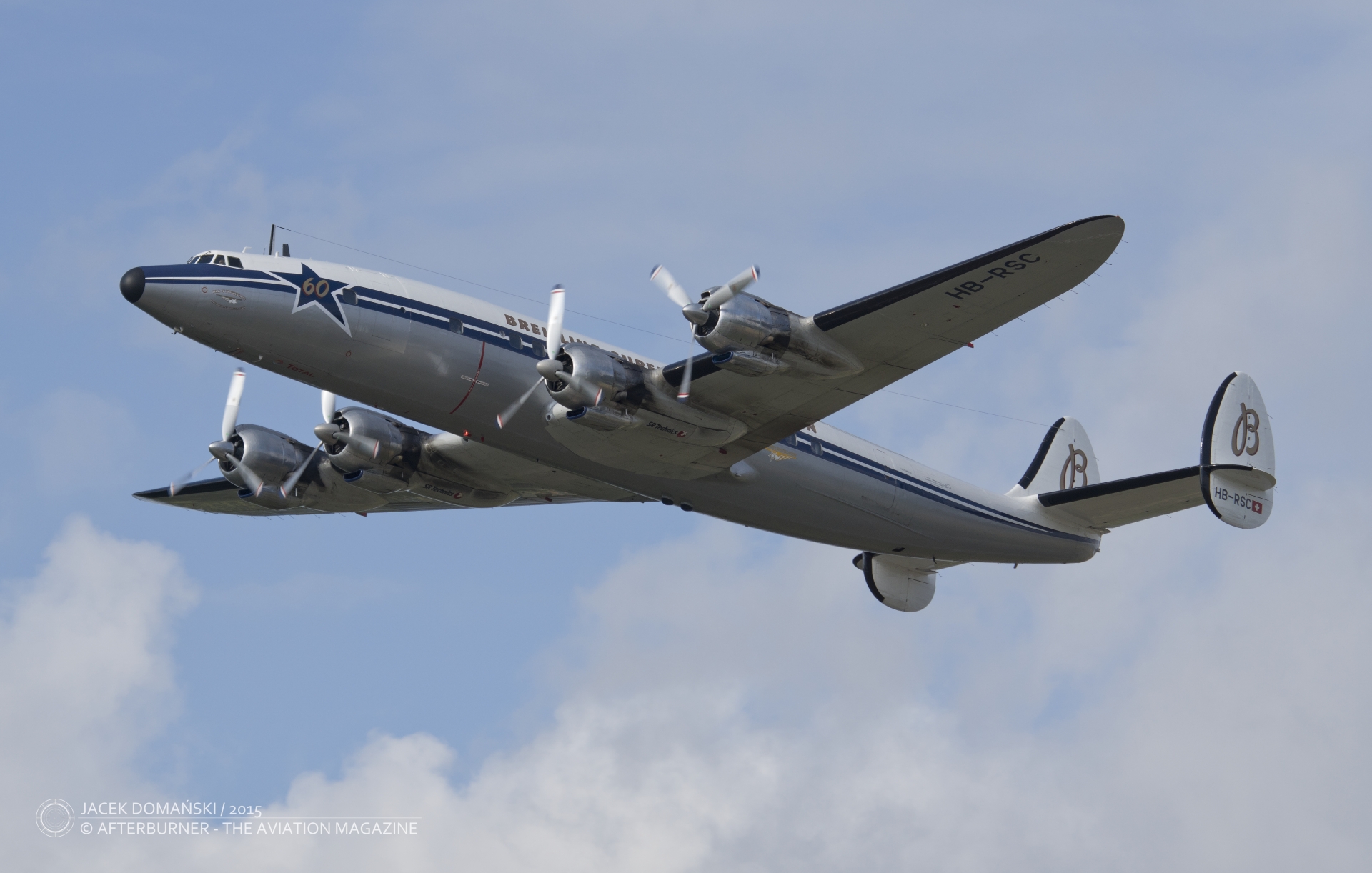 On 29th September 1927, German aviation pioneer and aircraft manufacturer Georg Wulf died in an aviation accident.
On 29th September 1927, German aviation pioneer and aircraft manufacturer Georg Wulf died in an aviation accident.
Georg Wulf was born in 1895 in Bremen, Germany. At the age of fifteen, he witnessed the first aviation trials attempted by Henrich and Wilhelm Focke. They built a canard-wing configurated aeroplane, powered by a small engine of just a few horsepower, and tried to make it fly at Bremen parade grounds.
Although the Focke brothers were not successful with their canard aeroplane, the design aroused great interest of young Wulf. He decided to leave school just before the graduation and then devote himself to flying and building aircraft.
Apparently, Georg Wulf yet did not know anyone from the aviation world and his first steps led to the aforementioned Focke brothers to whom Wulf offered his services. Quite surprisingly, he was accepted and shortly afterwards they together began to work on new aircraft designs. In 1912, their first airworthy monoplane was built, with its maiden flight performed by Georg Wulf himself.
At the outbreak of the Great War, Wulf volunteered for military aviation service but was rejected. Nevertheless, he repeated his attempts and finally became a pilot in Bomberstaffel 23 (23rd Bomb Squadron) of Bogohl 7 (Bombengeschwader der Obersten Heeresleitung Nr. 7 – Bomber Wing under direct control of the German Army’s High Command).
After the war, the Treaty of Versailles banned Germany from developing and manufacturing any aircraft, as well as from having any air force. Nevertheless, Wulf and the Focke brothers returned to developing aeroplanes but worked secretly in one of the Bremen basements.
When, in 1923, the ban on aircraft development was lifted, Georg Wulf, Heinrich Focke and Werner Neumann established a company named Bremer Flugzeugbau AG. It is worth noticing that Wulf was the only founder of the company without a degree – Heinrich Focke graduated in 1920 as Master of Science in Engineering, Werner Neumann graduated in 1919 as Ph. D. in economics. What Wulf might have lacked in formal education, he made up for his practical skills, talent and understanding of aircraft.
Shortly after establishing of the company, the owners decided to change its name to Focke-Wulf Flugzeugbau AG (later Focke-Wulf Flugzeugbau GmbH). Within the company, Wulf was appointed the positions of managing director, technical director of operations and test pilot.
The first aeroplane designed by the Focke-Wulf company was A 16 light transport aircraft introduced in 1924. It was then followed by A 17 Möwe (English: gull) that performed its maiden flight in 1927.
On 2nd September 1927, the Focke-Wulf company successfully flew its another aeroplane – a high-wing canard monoplane designated F 19 Ente (English: duck), powered with two engines placed in nacelles mounted under the wings. The F 19 featured an enclosed cabin for up to three passengers, while its pilot was seated in an open cockpit – which, by the way, was quite common solution used with passenger aircraft at that time.
Flying tests of the new aircraft lasted over the next few days, with Georg Wulf as the test pilot. On 29th September, during demonstration of the F 19 capability to fly with just one operating engine, one of the control rods snapped and Wulf lost control of the aircraft. The F 19 hit the ground, killing the pilot.
Cover photo: Focke-Wulf F 19 Ente (source: gallica.bnf.fr / BnF – L’Aérophile 15 Feb 1931, Public Domain)



